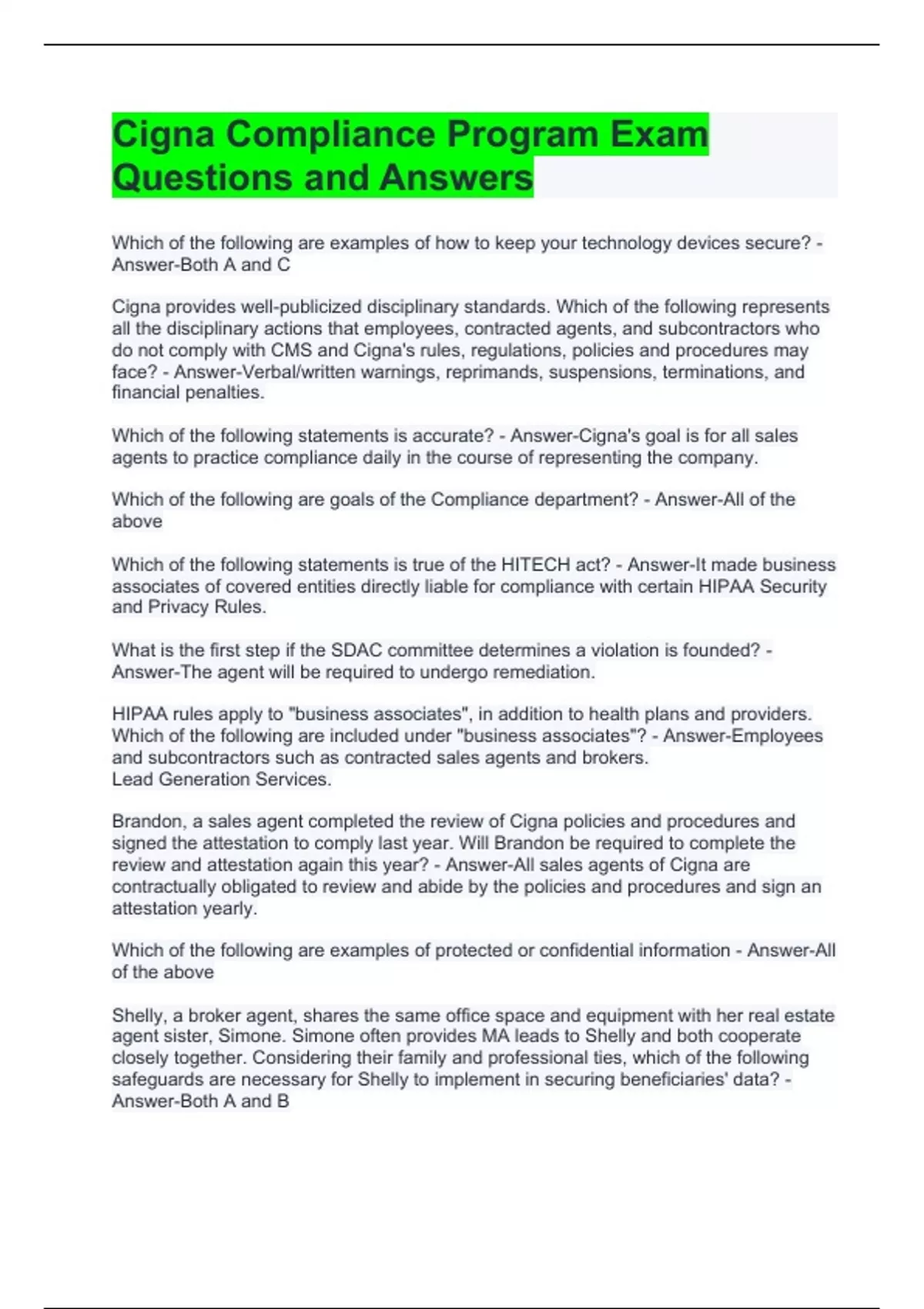Did you know that the average day trader spends more time analyzing compliance regulations than actually trading? In the fast-paced world of day trading, maintaining broker compliance is crucial for success and legality. This article dives into the essential practices brokers must adopt, covering compliance requirements, common pitfalls, and the importance of robust Anti-Money Laundering (AML) procedures. Discover how to implement effective documentation, monitor activities, and ensure transparent reporting to regulators. We'll also explore the vital role of training for compliance officers and how brokers can safeguard against fraudulent practices and cybersecurity threats. Stay informed and compliant with the insights from DayTradingBusiness.
What are the key compliance requirements for day trading brokers?
Day trading brokers must comply with FINRA and SEC regulations, including maintaining minimum net capital, executing customer account protections, and adhering to anti-money laundering (AML) rules. They need to follow proper recordkeeping, report suspicious activities, and ensure transparent order execution. Registration with FINRA, adherence to pattern day trader rules (maintaining at least $25,000 in the account), and implementing proper risk management policies are essential. Regular audits and compliance training are also critical to stay compliant and avoid penalties.
How can brokers ensure they follow regulatory standards?
Brokers ensure compliance by staying updated on regulations, implementing robust internal controls, and conducting regular staff training. They use compliance software to monitor trades, enforce anti-money laundering (AML) and know your customer (KYC) procedures, and keep detailed audit trails. Regularly reviewing policies against regulatory changes and working with legal experts also helps maintain adherence.
What are common mistakes in broker compliance?
Common mistakes in broker compliance include failing to keep up with regulatory changes, neglecting proper client onboarding procedures, inadequate record-keeping, and not implementing robust anti-money laundering measures. Overlooking staff training on compliance issues, ignoring suspicious activity reports, and lacking clear internal policies also lead to violations. Lastly, insufficient monitoring of trading activity and poor documentation of client interactions can result in compliance breaches.
How to implement effective AML procedures in day trading?
Implement AML procedures in day trading by verifying client identities before trading, monitoring transactions for suspicious activity, and maintaining detailed records. Use real-time transaction analysis to flag unusual patterns. Train staff on AML regulations and establish clear reporting protocols for suspicious transactions. Regularly review and update compliance policies to adapt to regulatory changes. Automate AML checks with reliable software to ensure consistent monitoring.
What documentation do brokers need to maintain for compliance?
Brokers need to keep records of client identification (KYC), transaction histories, trade confirmations, account statements, and anti-money laundering (AML) documentation. They must also maintain compliance logs, communication records, and audit trails of all activities. These documents should be retained for regulatory review, typically ranging from five to seven years.
How often should brokers review their compliance policies?

Brokers should review their compliance policies at least quarterly, or whenever there are regulatory updates or significant operational changes.
What are the best tools for monitoring broker activities?
The best tools for monitoring broker activities include trade surveillance software like Nasdaq SMARTS, Actimize, and NICE, which detect suspicious or non-compliant trading. Compliance management platforms such as Lexicon, ComplyAdvantage, and Smarsh help track adherence to regulations. Real-time monitoring tools like MetaTrader’s built-in alerts or TradingView's alerts ensure trades align with compliance policies. Additionally, audit and record-keeping software like Eze Software and Broadridge help maintain transparent, verifiable records of broker actions.
How do brokers stay updated on regulatory changes?
Brokers stay updated on regulatory changes by subscribing to industry newsletters, joining professional associations, attending webinars, and monitoring official regulatory agency updates like the SEC or FINRA. They also participate in compliance training, network with peers, and work closely with legal advisors to interpret new rules quickly.
What training is necessary for compliance officers?
Compliance officers need training in financial regulations like SEC, FINRA, and AML laws. They should understand internal policies, risk management, and reporting procedures. Ongoing education on industry updates and regulatory changes is essential. Practical training in compliance monitoring tools and audit processes also helps.
How can brokers prevent fraudulent trading practices?
Brokers prevent fraudulent trading by implementing strict KYC procedures, monitoring trades in real-time for suspicious activity, using advanced fraud detection software, enforcing strict internal controls, and conducting regular audits. They also educate traders on compliance rules and enforce strict penalty policies for violations.
What are the penalties for non-compliance in day trading?
Penalties for non-compliance in day trading include hefty fines, account restrictions, suspension, or permanent bans from trading platforms. You might also face regulatory actions from agencies like the SEC or FINRA, which can involve legal charges or loss of trading privileges. Non-compliance can lead to financial losses if you’re forced to liquidate positions or pay restitution. In severe cases, it could result in criminal charges if violations are intentional or involve fraud.
How to ensure transparent reporting to regulators?
Maintain clear, detailed records of all trades, communications, and compliance checks. Regularly update policies to reflect regulatory changes and train staff on reporting standards. Use reliable software for audit trails and ensure timely submission of required reports. Keep open communication channels with regulators and document all compliance efforts. Conduct internal audits to catch issues early and stay proactive about transparency.
What customer verification processes are essential?
Essential customer verification processes include Know Your Customer (KYC) procedures, verifying identity through government-issued IDs, proof of address, and financial background checks. Use biometric verification or two-factor authentication for added security. Regularly update customer information and monitor transactions for suspicious activity to ensure compliance.
How to handle suspicious trading activity?
Monitor trades daily for unusual patterns like sudden volume spikes or large, irregular positions. Report suspicious activity to your compliance team immediately and document everything. Use robust trading surveillance tools to flag anomalies in real-time. Follow all regulatory requirements, including AML and KYC procedures, to prevent illicit trading. Regularly review and update your compliance policies to adapt to new threats. Train staff to recognize signs of suspicious activity and encourage prompt reporting.
What role does cybersecurity play in broker compliance?

Cybersecurity protects sensitive client data and trading platforms, preventing breaches that could lead to non-compliance. It ensures secure communication and transaction integrity, aligning with regulations like SEC and FINRA. Strong cybersecurity measures help brokers detect and respond to cyber threats quickly, avoiding penalties and reputational damage. In day trading, where rapid data exchange is vital, cybersecurity safeguards the infrastructure needed for compliance with industry standards.
Conclusion about What Are the Best Practices for Maintaining Day Trading Broker Compliance?
In conclusion, maintaining compliance in day trading requires a proactive approach, encompassing regular policy reviews, stringent AML procedures, and effective monitoring tools. Brokers must stay informed about regulatory changes and ensure their teams are well-trained to handle compliance challenges. By prioritizing transparency and implementing robust customer verification processes, brokers can mitigate risks and foster trust. For comprehensive guidance on these practices, DayTradingBusiness offers valuable resources to support brokers in achieving and maintaining compliance.
Learn about What Are the Legal Requirements for Day Trading Broker Compliance?